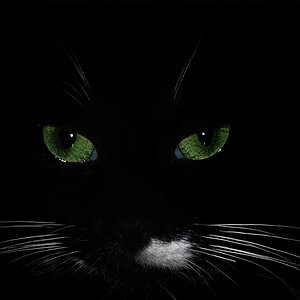jenny6165
TPF Noob!
Hi there, im new to this site, my name is Jenny.
im currently at college studying btech national diploma in photography.
Basically, one of our projects at the moment is Still Life, which we are shooting on a medium format camera in a studio.
I need to do some research and dont have access to some books at the moment, so any help with some questions i have would be great.
firstly, what is a medium format camera. I know, it holds a 120 film. But additional info would be good as i have to write it up.
Also, i need some info on push and pull exposure and processing.
OH and also!!! sorry! For the still life project we have to use three objects, a transparent/translucent, a textured and a reflective item. I have chosen a shiny razor, a see through aftershave bottle and one of those hairy aftershave brushes, so any tips on composition and stuff would be nice as i need to start planning it
im currently at college studying btech national diploma in photography.
Basically, one of our projects at the moment is Still Life, which we are shooting on a medium format camera in a studio.
I need to do some research and dont have access to some books at the moment, so any help with some questions i have would be great.
firstly, what is a medium format camera. I know, it holds a 120 film. But additional info would be good as i have to write it up.
Also, i need some info on push and pull exposure and processing.
OH and also!!! sorry! For the still life project we have to use three objects, a transparent/translucent, a textured and a reflective item. I have chosen a shiny razor, a see through aftershave bottle and one of those hairy aftershave brushes, so any tips on composition and stuff would be nice as i need to start planning it


![[No title]](/data/xfmg/thumbnail/42/42034-6262420ff3ea238f05395bbcc7ae1f28.jpg?1619739985)
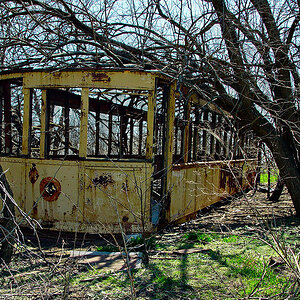
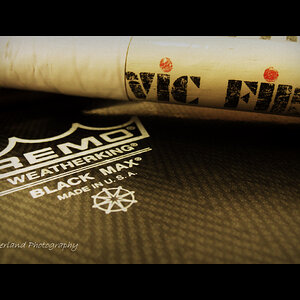
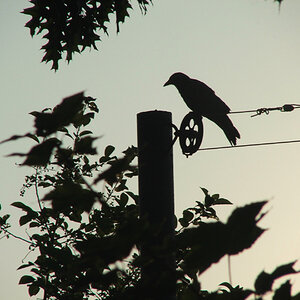
![[No title]](/data/xfmg/thumbnail/31/31980-e5048a424621c7b3cd0d306d63c09d67.jpg?1619735137)
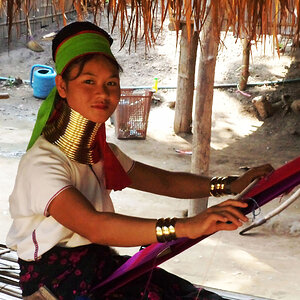
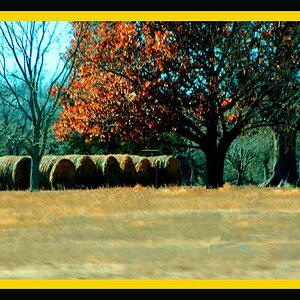
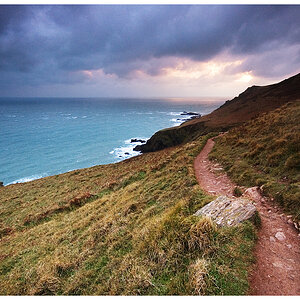
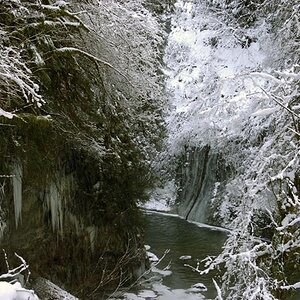
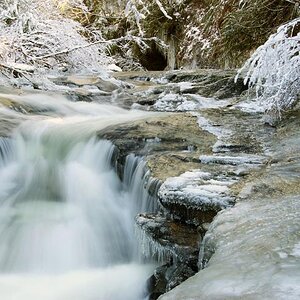
![[No title]](/data/xfmg/thumbnail/39/39291-a89dc472765e04f66f617dd9acc8030d.jpg?1619738958)
